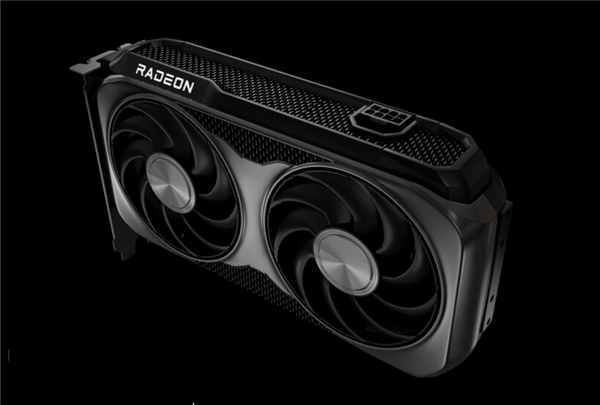AMDToday, a new generation of mainstream graphics card RX 9060 XT was officially released, priced from 2499 yuan for 8GB and 2899 yuan for 16GB, which will be launched on June 5, and the performance ban will naturally be lifted on June 4.
At the same time, AMD also announced that it will launch a blockbuster upgrade of FSR technology in the second half of the year, codenamed “FSR Redstone” – interestingly,MicrosoftWindows 10 updates also used this codename.


FSR 4 has initially introduced ML machine learning technology, but it is mainly used for super-resolution.
FSR Redstone will be fully based on ML machine learning technology, supporting neural network radial caching (NRC), ray reconstruction (RR), and frame generation (FG).
Yes, FSR will learn NVIDIA DLSS technology one by one – FSR 3 introduces frame generation for the first time, and FSR 4 upgrades to multi-frame generation; FSR 3.5 begins to support light reconstruction; FSR 4 is the first to join neural network radiation.
Of course, FSR Redstone can only be supported by RX 9000 series graphics cards, and old cards do not.
However, AMD did not confirm whether the frame generation this time was a single frame generation or a multi-frame generation.
AMD emphasizes that path-based ray tracing games are extremely complex, with low frame rates, high latency, and high power consumption, and Super Resolution + Frame Generation is the best solution.

AMD has made a special example to show the gains brought by various technologies. This is the original rendered frame under ray tracing.

The first is to add a neural network radiation cache, which can continuously learn the propagation path of light in the scene, thereby predicting and saving indirect light.

Then there is light reconstruction, based on the neural network network, to regenerate pixels that cannot be accurately generated by path tracing, and to predict and filter grainy noise in real time, making the picture cleaner.

Next, through super-resolution, based on enhanced machine learning models, low-resolution picture frames are predicted and reconstructed, and high-resolution picture frames are generated in real time, and the frame rate is also up.

Finally, there is frame generation, based on the new machine learning model, through two ways: time domain and space, additional frame frames are generated, so as to continue to improve the frame rate and make the picture smoother and smoother.

In addition, the RX 9060 XT’s competitor looks to be the just-released RTX 5060, but according to AMD’s official statement, whether it is raster performance or ray tracing performance, its 16GB version can actually be comparable to the RTX 5060 Ti 8GB, and the price is 300 yuan cheaper.
As for how it goes, wait and see!
